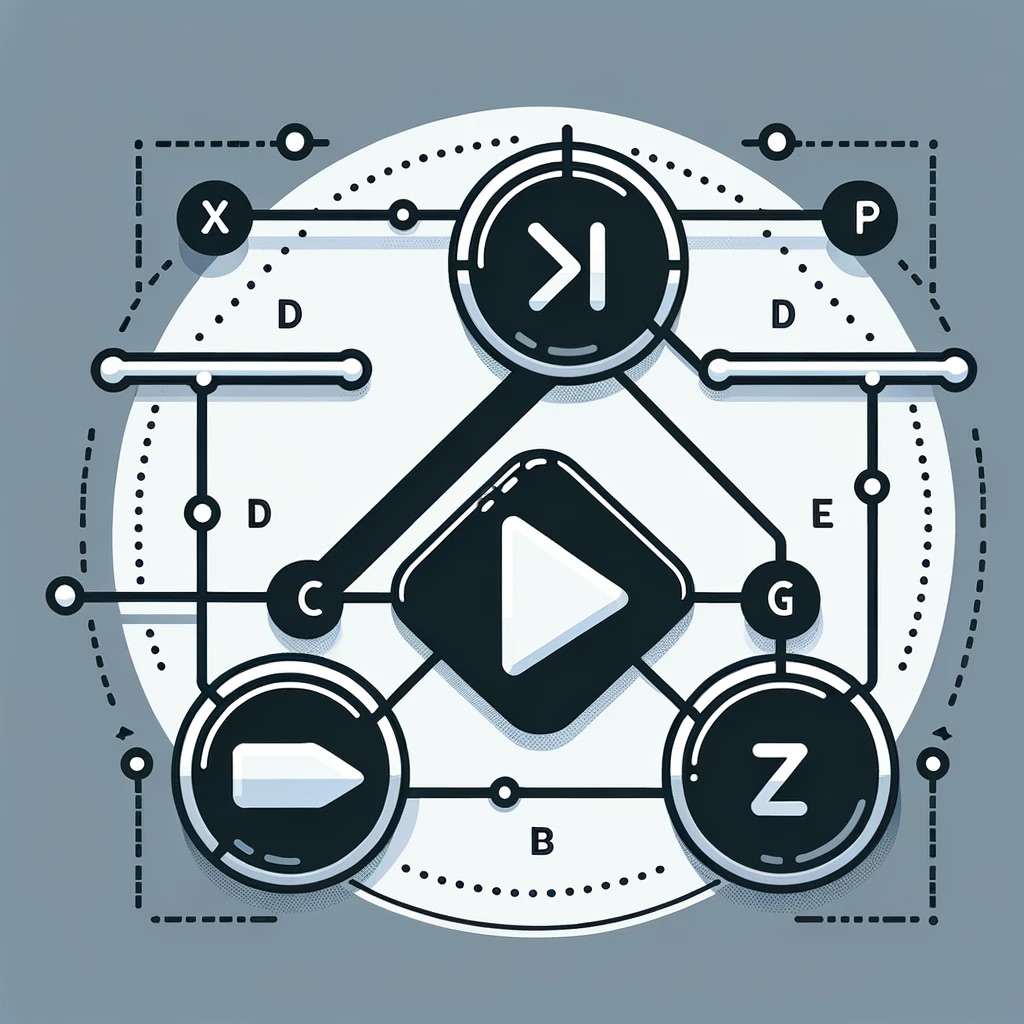
My Simple Understanding of Total Effect = Direct Effect + Indirect Effect (via Mediator)
I’ve struggled with differentiating between total, direct, and indirect effects, so this blog/note serves as a personal reference to solidify my understanding and make future amendments as needed. While there are comprehensive articles available, this is a simplified explanation for myself and potentially others



